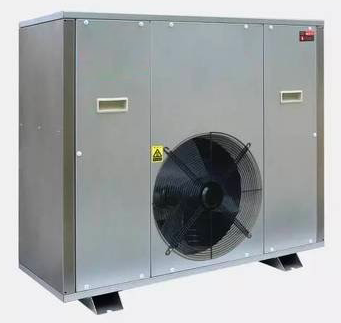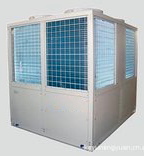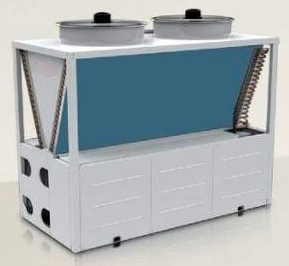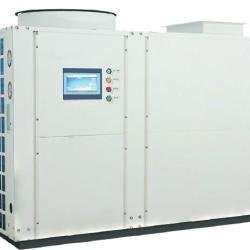
Content Menu
● Introduction
● Understanding the Initial Investment
● Energy Efficiency and Cost Savings
● Long-term Financial Benefits
>> Energy Cost Reduction
>> Extended Clothing Lifespan
>> Maintenance and Durability
● Environmental Impact
● Practical Considerations
>> Space and Installation Requirements
>> Drying Time and Capacity
● Who Should Consider a Heat Pump Dryer?
>> Ideal Candidates:
● Making the Financial Decision
>> Break-Even Analysis
>> Additional Value Considerations
● Tips for Maximizing Value
>> Optimal Usage Practices
● Future Considerations
● Frequently Asked Questions
>> Q1: How much can I expect to save on energy bills with a heat pump dryer?
>> Q2: How long does it take to recover the additional cost through energy savings?
>> Q3: Do heat pump dryers require special maintenance?
>> Q4: Are there any government incentives available for purchasing a heat pump dryer?
>> Q5: How does the longer drying time affect the overall value proposition?
>> Q6: What is the typical lifespan of a heat pump dryer compared to conventional dryers?
Introduction
As energy costs continue to rise and environmental consciousness grows, many consumers are considering heat pump dryers as an alternative to conventional dryers. While these innovative appliances come with a higher initial price tag, understanding their long-term value is crucial for making an informed purchase decision.
Understanding the Initial Investment
Heat pump dryers typically cost more upfront than traditional vented or condenser dryers. This price difference can be substantial, often ranging from several hundred to a thousand dollars more than conventional models. However, this initial investment should be viewed as part of a broader financial picture that includes operating costs and long-term savings.
Energy Efficiency and Cost Savings
The primary advantage of heat pump dryers lies in their exceptional energy efficiency. These appliances use significantly less electricity than conventional dryers, typically consuming about half the energy of traditional models. This remarkable efficiency is achieved through an innovative heat exchange system that recycles hot air instead of continuously heating new air.

Long-term Financial Benefits
Energy Cost Reduction
The reduced energy consumption translates directly into lower utility bills. While the exact savings depend on local energy rates and usage patterns, most households experience a significant reduction in their monthly energy costs.
Extended Clothing Lifespan
Heat pump dryers operate at lower temperatures than conventional dryers, treating clothes more gently. This gentler drying process helps preserve fabric quality and extend clothing lifespan, potentially saving hundreds of dollars annually in clothing replacement costs.
Maintenance and Durability
These machines are built with high-quality components and typically have longer lifespans than traditional dryers. While maintenance requirements are similar to conventional dryers, the gentler operation often results in fewer repairs over time.
Environmental Impact
The environmental benefits of heat pump dryers extend beyond energy savings. Their reduced energy consumption means a smaller carbon footprint, making them an excellent choice for environmentally conscious consumers. Many regions offer rebates or incentives for purchasing energy-efficient appliances, further offsetting the initial cost.

Practical Considerations
Space and Installation Requirements
Heat pump dryers typically require similar space to conventional dryers but need proper ventilation. They don't require external venting, making them more flexible in terms of placement options.
Drying Time and Capacity
While heat pump dryers generally take longer to dry clothes, they offer comparable capacity to traditional dryers. The longer drying times are offset by the energy savings and gentler treatment of fabrics.
Who Should Consider a Heat Pump Dryer?
Ideal Candidates:
- Households with high laundry volume
- Energy-conscious consumers
- Those planning to stay in their homes long-term
- Consumers who prioritize clothing care
- Environmentally conscious individuals
Making the Financial Decision
Break-Even Analysis
The time required to recoup the additional investment through energy savings varies depending on usage patterns and local energy costs. Most households reach their break-even point within several years of purchase.
Additional Value Considerations
- Potential increase in home value
- Available rebates and incentives
- Reduced environmental impact
- Extended clothing lifespan
- Lower maintenance costs
Tips for Maximizing Value
Optimal Usage Practices
- Regular maintenance and cleaning
- Proper loading techniques
- Using appropriate cycle settings
- Ensuring proper installation
- Following manufacturer guidelines
Future Considerations
As technology advances and production scales increase, the cost of heat pump dryers is expected to decrease while efficiency continues to improve. This trend may make these appliances even more attractive investments in the future.

Frequently Asked Questions
Q1: How much can I expect to save on energy bills with a heat pump dryer?
A: Energy savings typically range from 50% to 60% compared to conventional dryers. The actual savings depend on your usage patterns, local energy rates, and the efficiency of your current dryer.
Q2: How long does it take to recover the additional cost through energy savings?
A: Most households reach their break-even point within 3-5 years, depending on usage frequency, local energy costs, and the price difference between the heat pump dryer and a conventional model.
Q3: Do heat pump dryers require special maintenance?
A: While they don't require significantly more maintenance than conventional dryers, regular cleaning of the heat exchanger and filters is essential for optimal performance and efficiency.
Q4: Are there any government incentives available for purchasing a heat pump dryer?
A: Many regions offer rebates or tax incentives for energy-efficient appliances, including heat pump dryers. Check with local utility companies and government agencies for available programs.
Q5: How does the longer drying time affect the overall value proposition?
A: While drying cycles are typically longer, the energy savings and gentler treatment of clothes generally outweigh this disadvantage. Many users adjust their laundry routines to accommodate the longer cycles without significant inconvenience.
Q6: What is the typical lifespan of a heat pump dryer compared to conventional dryers?
A: Heat pump dryers often last longer than conventional dryers, with an expected lifespan of 10-15 years when properly maintained, compared to 8-12 years for traditional dryers.












